Either the lubrication characteristics of the materials themselves, or additional specialised sliding materials, minimise friction between the moving surfaces inside the bearing.
Unlike roller bearings, the load on a Plain Bearing is distributed over a large contact area resulting in low specific load and good sliding properties - making them the ideal solution for high load – slow speed applications.
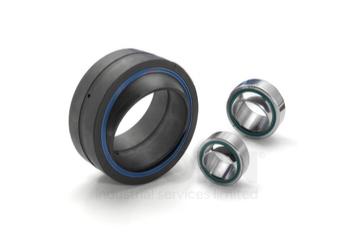
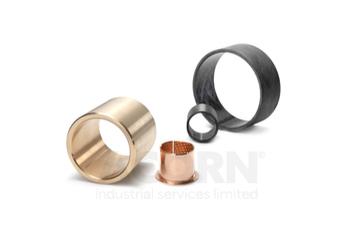
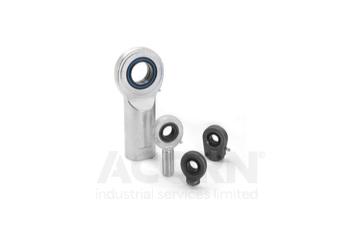
Plain bearings, also known as sliding bearings, are a unique type of bearing that consists solely of a bearing surface and lacks rolling elements. Despite their simplicity, plain bearings offer a host of features and benefits that make them suitable for a variety of applications.
Large Load Carrying Surface Area: One of the key features of plain bearings is their large load carrying surface area. Unlike other types of bearings that distribute the load over a series of small points (the rolling elements), plain bearings spread the load over a large surface area. This feature allows them to support heavier loads compared to other bearings of the same size.
High Load Carrying Capacity: In conjunction with their large surface area, plain bearings have a high load carrying capacity. This makes them ideal for applications where heavy loads are expected, such as in heavy machinery or automotive applications.
High Tolerance for Misalignment: Plain bearings can handle more misalignment than spherical bearings. This means they can accommodate components that are not perfectly aligned without compromising their performance. This feature is particularly useful in applications where precise alignment is difficult to achieve.
Suitable for Oscillating or Reciprocating Movements: Plain bearings are designed to handle oscillating or reciprocating movements, making them suitable for applications where the direction of load and movement changes frequently. This includes applications like piston engines, hydraulic cylinders, and certain types of pumps and motors.
Plain bearings, with their unique design and versatile characteristics, find extensive applications across various industries. Here are some of the key sectors where they are used:
In the construction industry, plain bearings are used in a wide range of equipment, from excavators to cranes. Their ability to handle heavy loads and tolerate misalignment makes them ideal for these demanding applications.
In the agricultural industry, plain bearings are a popular choice due to their durability and ability to withstand harsh environments. They are used in various farm machinery and equipment, contributing to increased efficiency and productivity.
Fork lift trucks, which are essential in warehouses and distribution centres, also rely on plain bearings. These bearings help ensure smooth operation and manoeuvrability of the trucks, enhancing their performance and reliability.
In the realm of industrial automation, plain bearings play a crucial role in the functioning of industrial robots. They facilitate precise and smooth movement, which is critical for the efficiency and accuracy of these robots.
At ACORN industrial services, our offerings extend beyond just plain bearings. We also stock other types of bearings including:
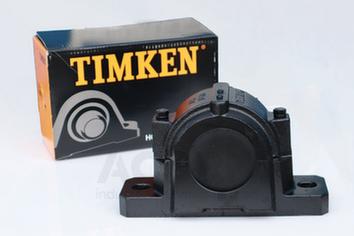
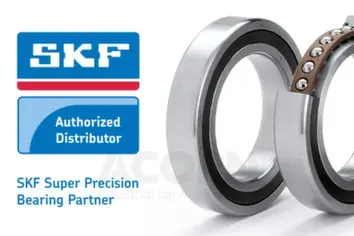

Plain bearings and ball bearings differ in their design and functionality. Plain bearings, also known as sliding bearings, consist of just a bearing surface with no rolling elements. They are simple in construction, offer lower cost, and require fewer maintenance requirements compared to other types of bearings.
On the other hand, ball bearings feature multiple balls housed in steel cages. They offer superior performance capabilities due to their ability to handle higher loads at higher speeds than plain bearings.
Plain bearings can be self-lubricating, meaning they do not require external lubrication. However, some types of plain bearings may require lubrication with grease for slow-speed equipment or under certain conditions. It’s important to follow the manufacturer’s instructions for proper maintenance.
Plain bearings are typically designed to be press-fitted. The most common method of mounting a plain bearing is using a hydraulic press. It’s important to ensure that the bearing is properly aligned during installation.
To measure a plain bearing, you can use a vernier caliper or a good quality steel ruler. The three lengths measured to determine a plain bearing’s dimensions are the inner diameter (ID), outer diameter (OD), and width (W)
Plain bearings can be made from a variety of materials, including polymers, graphite, or metals. Metal plain bearings are typically made out of bronze or other copper alloys. The choice of material depends on the specific application and requirements.